Understanding texture in art is like exploring the different feelings you get when you touch different surfaces. It’s important because it adds depth and interest to artwork, making it more engaging and captivating.
By learning about texture in art, you can learn its types, benefits, which medium can artists use and how to use different techniques to make their artwork more dynamic.
What Is Texture In Art?
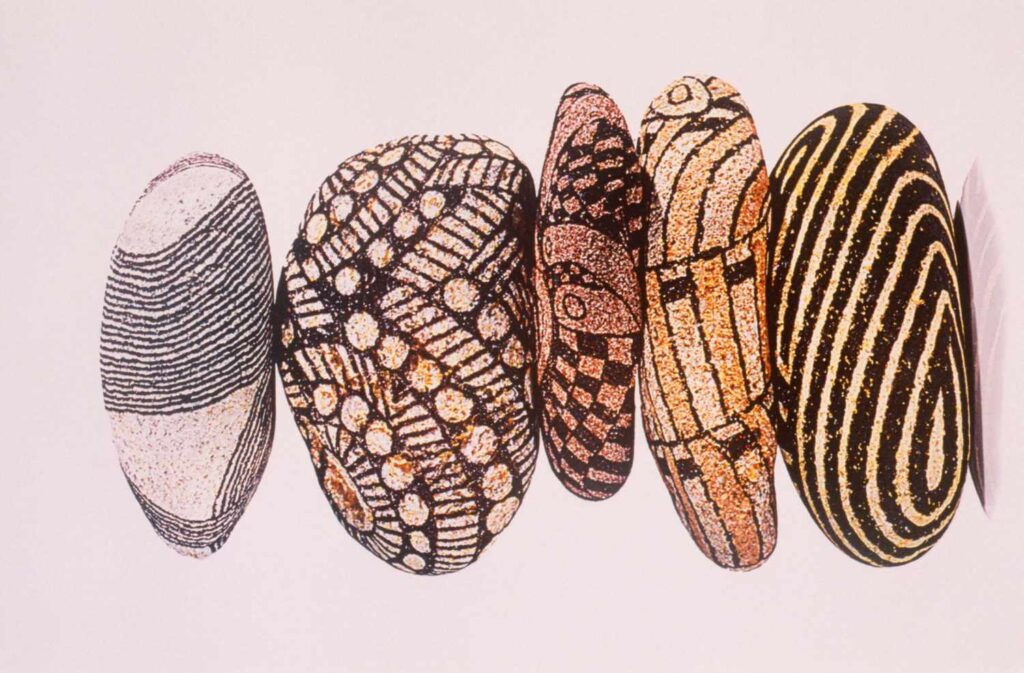
Texture in art is like the personality of a painting or sculpture – it’s how it feels when you look at it or touch it.
Imagine running your fingers over a piece of wood and feeling its rough surface, or gliding your hand across a smooth piece of glass. These sensations are what we mean by texture.
Artists can create texture in many ways. They might use real materials like sand or fabric to add physical texture to their work, or they might use techniques like painting with thick layers of paint to give the illusion of texture.
Texture is a super important part of art – it’s like one of the main ingredients that gives a piece its unique character.
Why is Texture in Art Important?
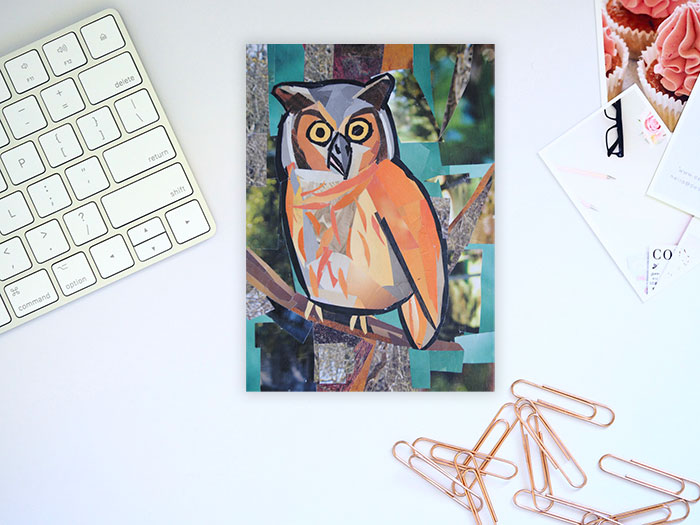
Texture plays a pivotal role in art, significantly influencing the emotions and thoughts that a piece evokes.
Imagine a simple rose painted on a plain white canvas – it’s pretty, but it doesn’t stir much beyond its surface.
Now, picture that same rose intricately carved into rough, splintering wood. Suddenly, it becomes more than just a flower; it carries depth, history, and intrigue.
As humans, we experience the world through touch. Texture in art taps into this innate sense, making the artwork more tangible and immersive. It’s not just about seeing; it’s about feeling.
By engaging our sense of touch, texture adds a whole new dimension to art, transforming it from a mere image into an experience.
Why Do Artists Use Texture?
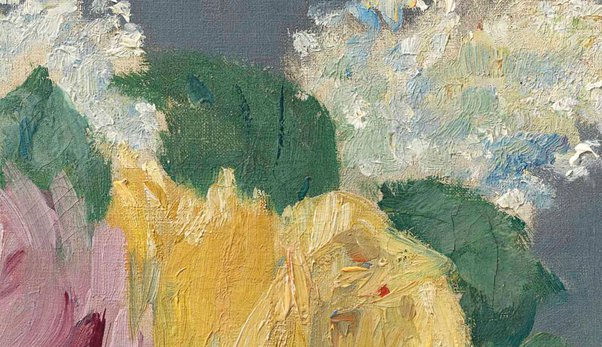
Artists use texture to:
- Create contrast within a piece of art
- Help a composition look more balanced
- Make a focal point within their piece of art that captures attention
- Support stylistic choices
- Add depth to artwork
7 Principles of Art
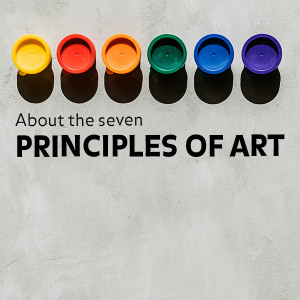
Form is one of the elements of art, not principles of art. You can learn about each principle of art and element of art in the linked articles below:
- Balance
- Contrast and Emphasis
- Movement and Rhythm
- Unity and Variety
- Harmony
- Pattern
- Proportions and Scale
7 Elements of Art
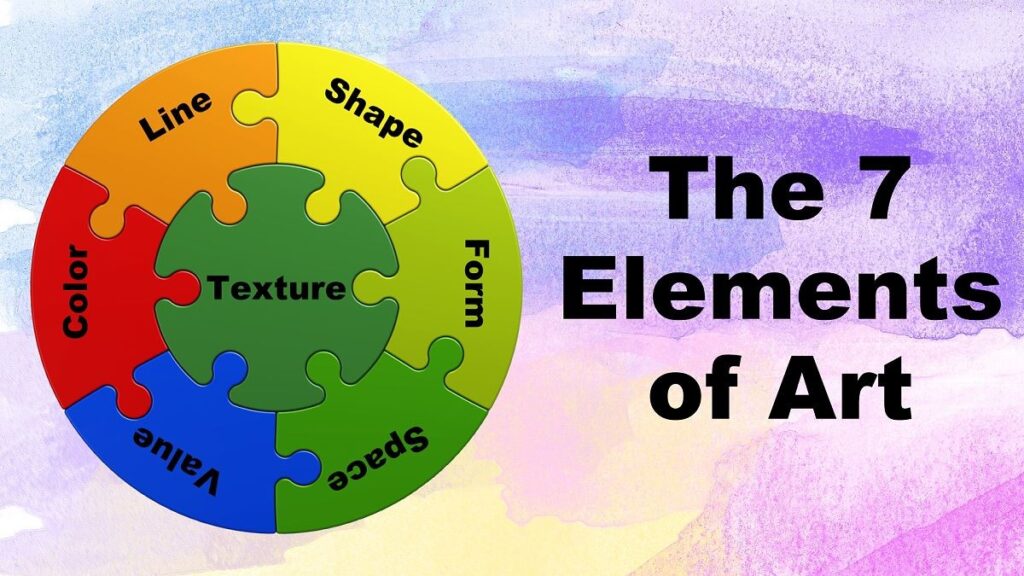
Types Of Art Textures

There are two main types of texture in art: visual texture and physical texture.
Visual Texture
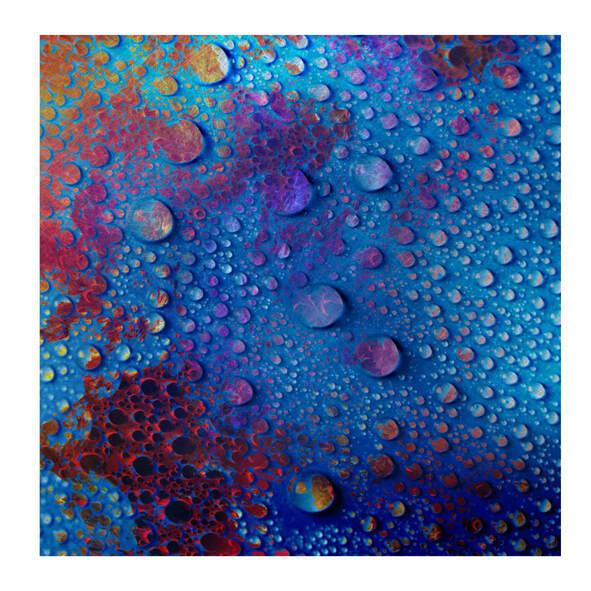
Visual texture in art is like a magic trick for your eyes. It’s when artists make a flat surface look like it has texture, even though you can’t touch it.
They do this by using different painting techniques, like brushstrokes, lines, patterns, and colors.
Visual texture also makes art more interesting by playing with contrasts.
Smooth textures might stand out against rough ones, and fine textures might look different next to coarse ones. It’s all about creating depth and movement on a flat canvas.
Physical Texture

Physical texture in art refers to the texture that you can see and feel.
It’s the real deal – like the roughness of a painted surface, the smoothness of metal, or the graininess of paper. When you touch a piece of art and feel its bumps, grooves, or smoothness, that’s physical texture.
Artists use physical texture to make their work more lifelike and interesting. They might add layers of different materials like paper or fabric to create depth and dimension.
By mixing up textures, artists can make their pieces feel balanced or exciting, depending on what they’re going for.
So, physical texture isn’t just about making art look cool – it’s about making it feel real and engaging too.
Benefits Of Texture In Art
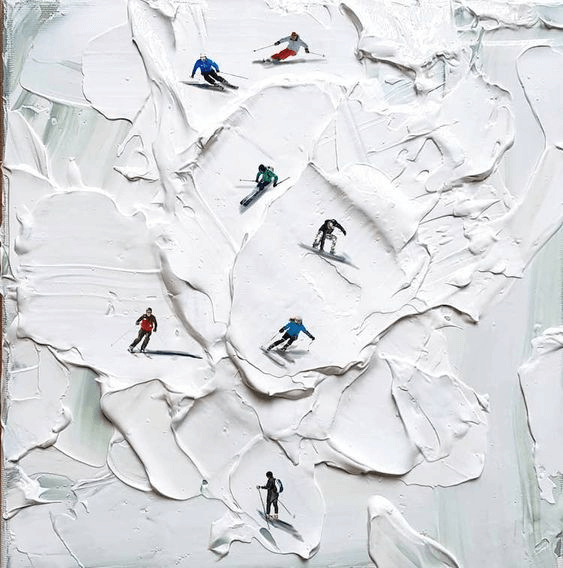
Texture in art serves as a secret ingredient that transforms a simple artwork into something extraordinary.
It’s like adding spices to a dish, making it more flavorful and appealing.
Here are some key perks of using texture in art:
- Adding Depth and Dimension: Imagine a flat surface suddenly coming alive with hills, valleys, and shadows. Texture does just that, making artworks more lifelike and captivating. It’s like adding layers to a painting, making it visually intriguing.
- Directing Attention: Texture guides our eyes, like a tour guide pointing out the highlights of a city. It helps draw focus to specific areas of the artwork, making them stand out and grab our attention. This helps in storytelling within the art piece.
- Creating a Sense of Physicality: Have you ever looked at a painting and felt like you could touch the objects in it? That’s the magic of texture. It tricks our brains into believing that what we see has depth and texture, making the artwork more immersive and real.
- Enhancing Emotional Connection: Texture isn’t just about the eyes; it’s about the heart too. It adds emotion to the artwork, making us feel connected to it. Whether it’s rough brushstrokes or smooth gradients, texture can evoke different feelings and moods.
- Bringing Art to Life: Texture breathes life into art, making it more than just colors on a canvas. It’s like giving a sculpture a heartbeat or a painting a voice. Texture adds personality and character to artworks, making them memorable and impactful.
How to Use Texture in Art Effectively?

Using texture effectively in art can greatly enhance your creations.
Here’s how you can do it:
- Experiment with Materials and Techniques: Explore various materials like paint, paper, metal, clay, or even everyday objects to create different textures. Experiment with techniques such as layering, scratching, or molding to achieve the desired effect.
- Consider Mood and Atmosphere: Texture can influence the mood of your artwork. Opt for smooth textures to evoke calmness, rough textures for a sense of tension, fine textures for delicacy, and coarse textures for a bold statement. Think about the emotions you want to convey and choose textures accordingly.
- Think About Composition and Balance: Texture plays a crucial role in the overall composition of your artwork. Aim for harmony by using similar textures throughout your piece. Introduce variety by incorporating different textures to add visual interest. Use contrasting textures to draw attention to specific areas and create emphasis. Additionally, consider using complementary textures to unify your composition and create a cohesive look.
Which Mediums Can Artists Use To Create Texture?

Artists have a variety of options when it comes to creating texture in their artwork.
One way is by using thicker, more viscous mediums that hold their shape as they dry. These mediums include oil paints, heavy body acrylic paints, and wax like encaustic or cold wax.
When using oil paint, which dries slowly, adding a medium like Liquin Impasto or cold wax can speed up the drying process, allowing the artwork to be finished and displayed sooner.
For creating the illusion of texture, artists can use any type of paint or drawing medium. Watercolors, for instance, can mimic the appearance of fur, feathers, or foliage. Dry-brush painting is another technique that works well with any paint type to create texture.
By using a thin brush and runny paint, such as oil mixed with linseed oil or gouache, artists can detail single brush strokes to represent various textures, like grass.
Additionally, artists can explore textures through sculpting with clay. This medium allows for the creation of tactile textures on vessels or sculptures.
While working with 3D media like clay may require more practice compared to 2D painting, taking a local art class can be a helpful way to develop these skills.
Techniques To Create Texture In Art
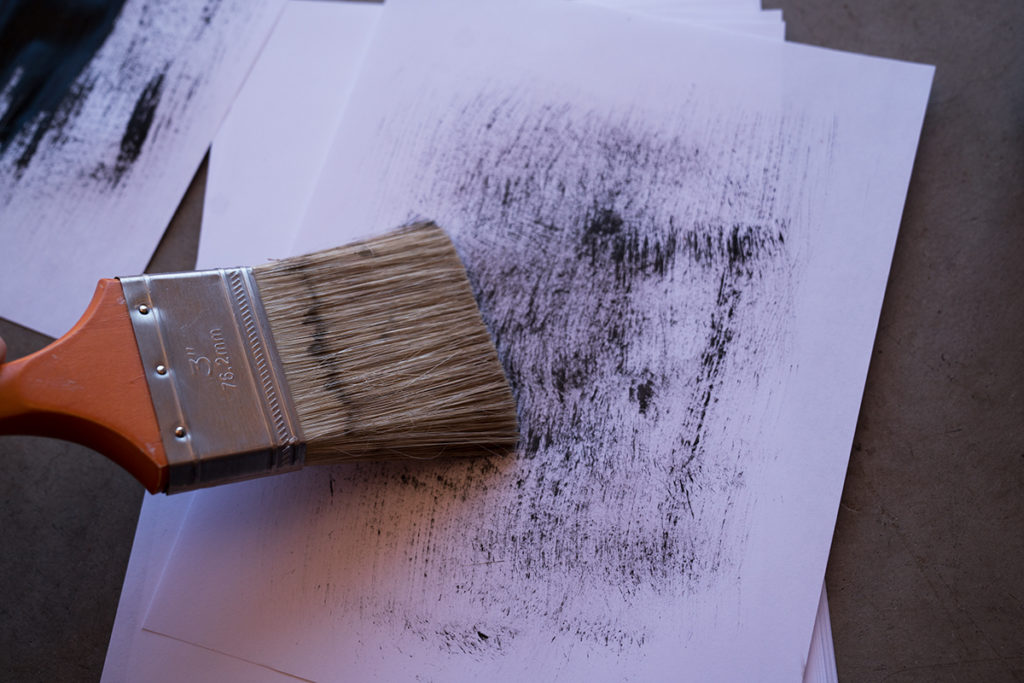
In art, there are cool ways to make textures that make paintings look interesting and feel cool when you touch them.
One way is called “impasto“. It’s like when you scoop a lot of thick paint onto your brush and then smear it onto the canvas in bumpy strokes. Artists often do this with oil paint.
They might have to wait for each layer to dry before adding more, or sometimes they paint on top of wet layers to mix colors in a cool way.
Another neat technique is called “sgraffito“. This is when you paint one color on the canvas and then, while it’s still wet, scratch through it to show the color underneath.
You can use all kinds of things to scratch with, like the end of a paintbrush or even a toothpick. It’s like making secret designs appear by scratching the surface!
FAQ’s:
What Are Textures In Painting?
Artists may use two types of texture in art. Implied or visual texture gives the illusion of texture, while actual texture is real.
What Are Some Examples Of Texture?
Texture is what is felt by touch. Some common textures are rough, smooth, round, rigid, hard, and soft. Using the right techniques, all of these textures can be portrayed in or incorporated into art.
What Are Implied Textures In Art?
Implied texture in art gives the illusion of texture. It is also known as visual texture. Even though the work remains two-dimensional, the viewer perceives 3-D qualities.
Conclusion
In conclusion, texture in art is more than just a visual or tactile sensation – it’s a gateway to a deeper connection with the artwork.
By understanding the significance of texture, artists can elevate their creations from mere images to immersive experiences.
Texture adds depth, directs attention, evokes emotions, and breathes life into art, making it unforgettable and impactful.
So, the next time you admire a piece of art, take a moment to appreciate the intricate world of texture that lies within, waiting to be explored and felt.
Whether it’s the rough strokes of impasto or the subtle scratches of sgraffito, texture invites us to engage not only with our eyes but also with our senses, enriching our understanding and appreciation of art.

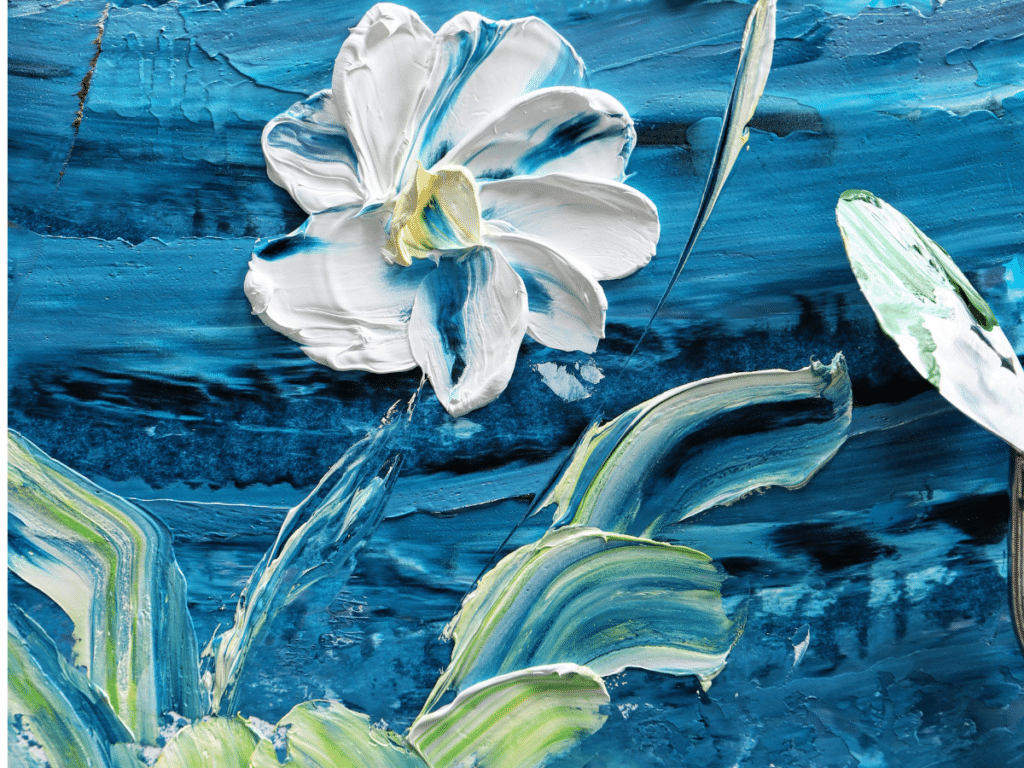
Leave a Reply